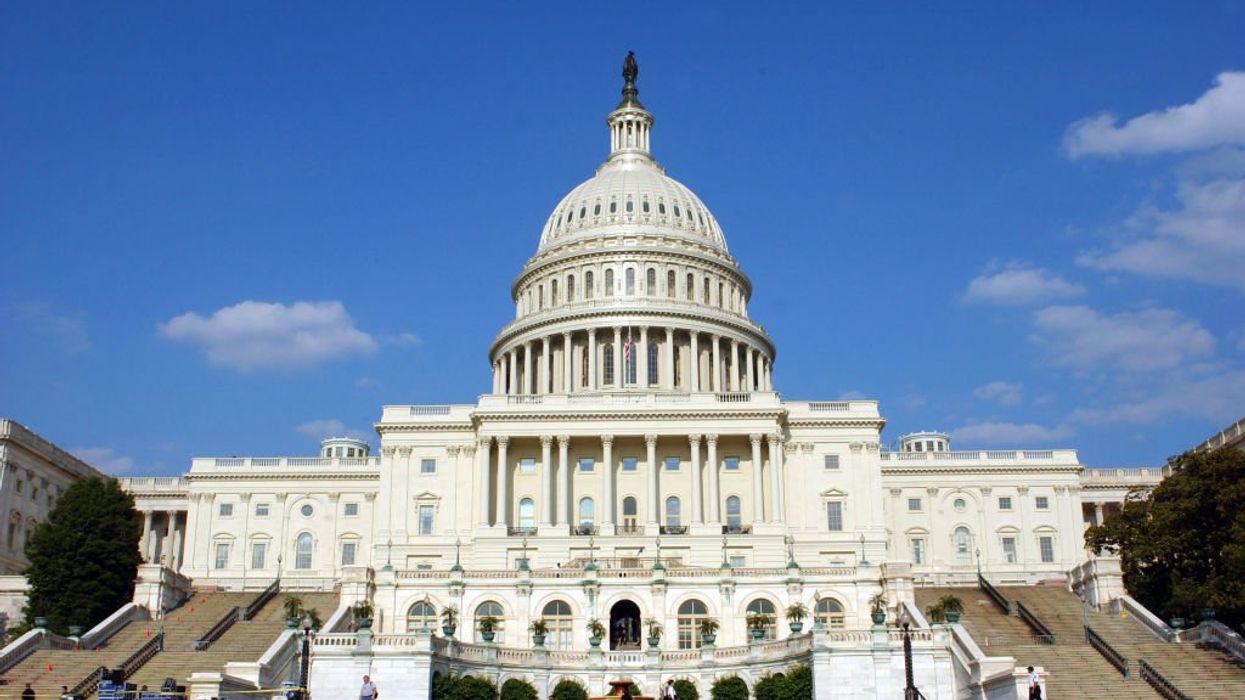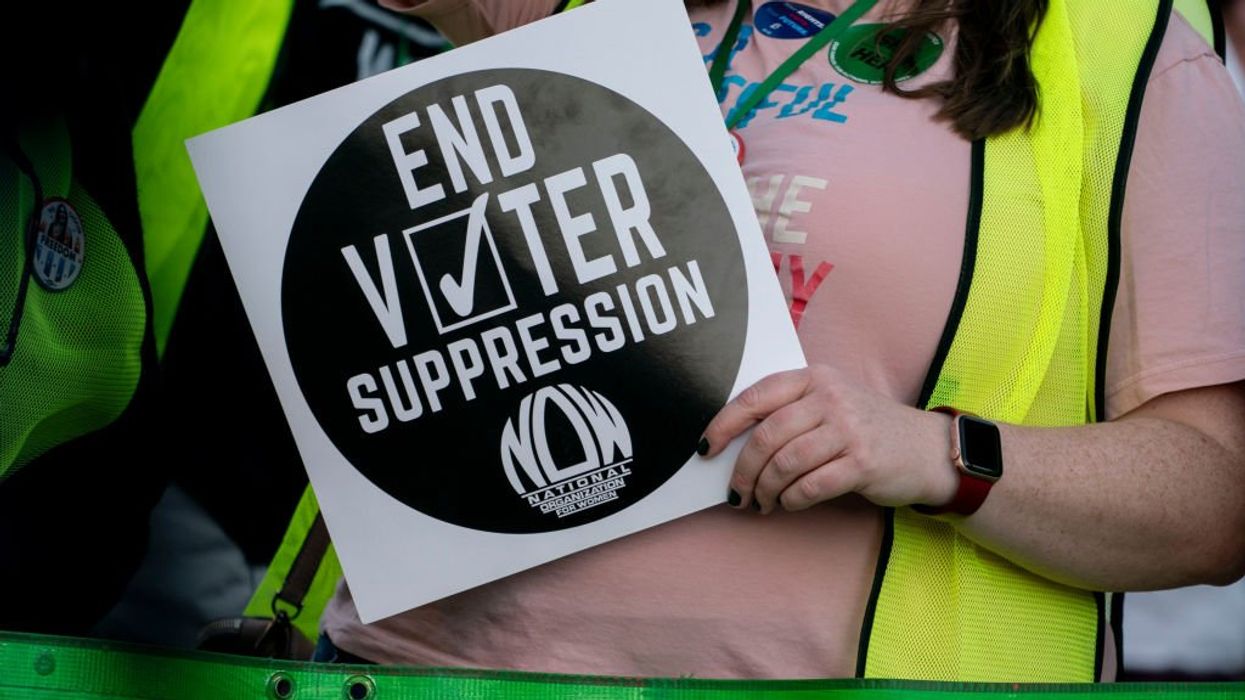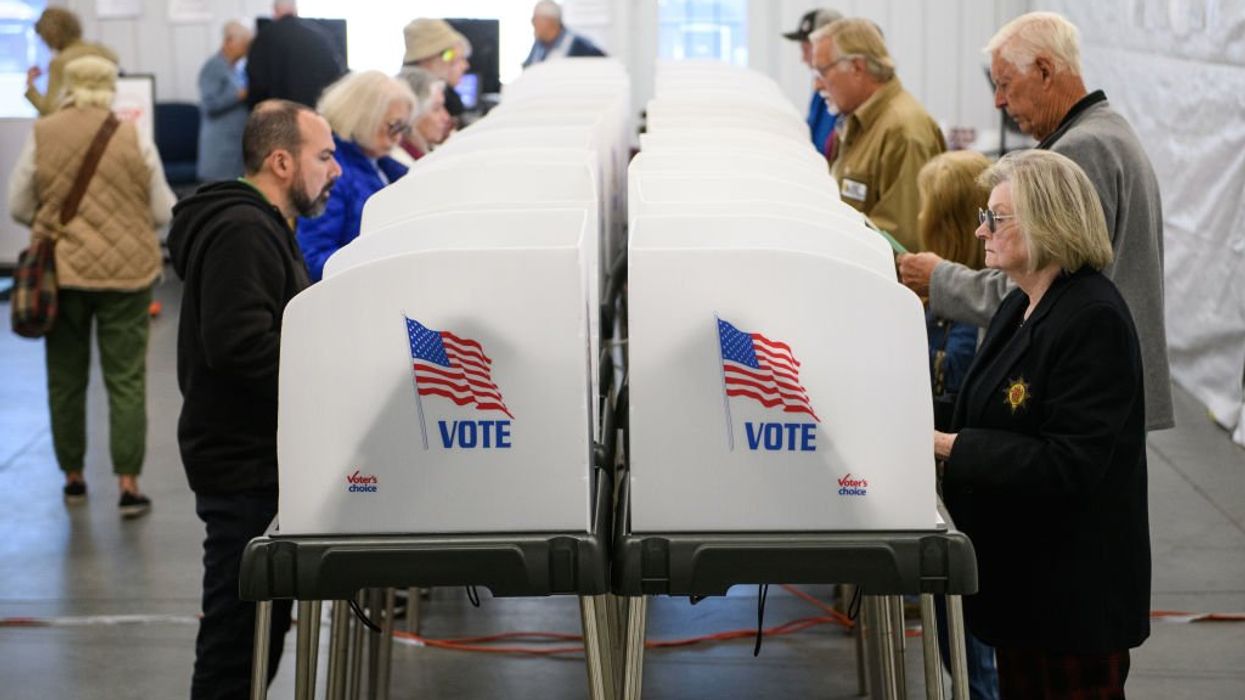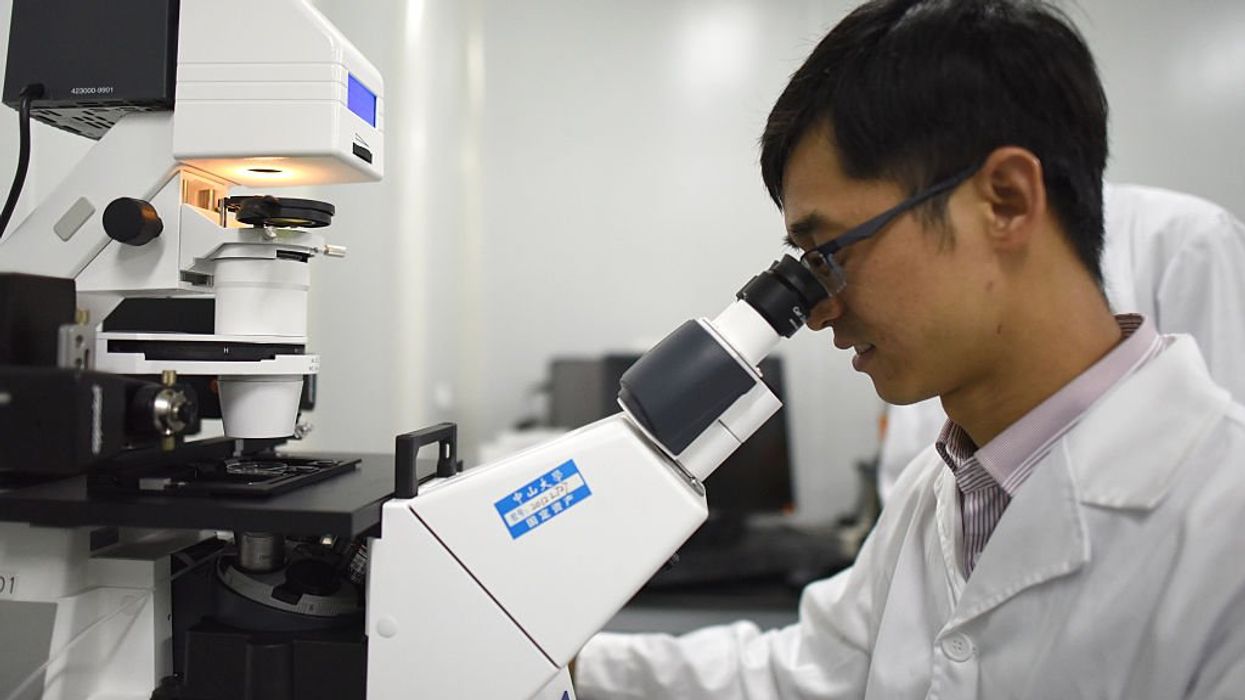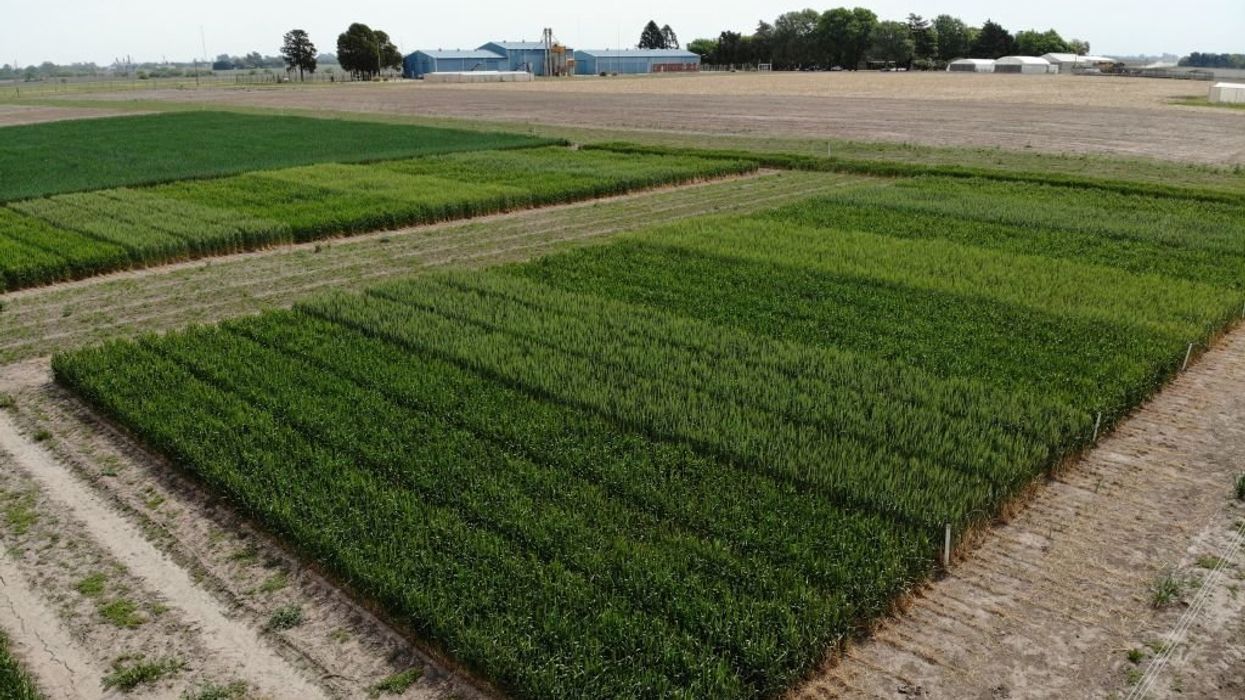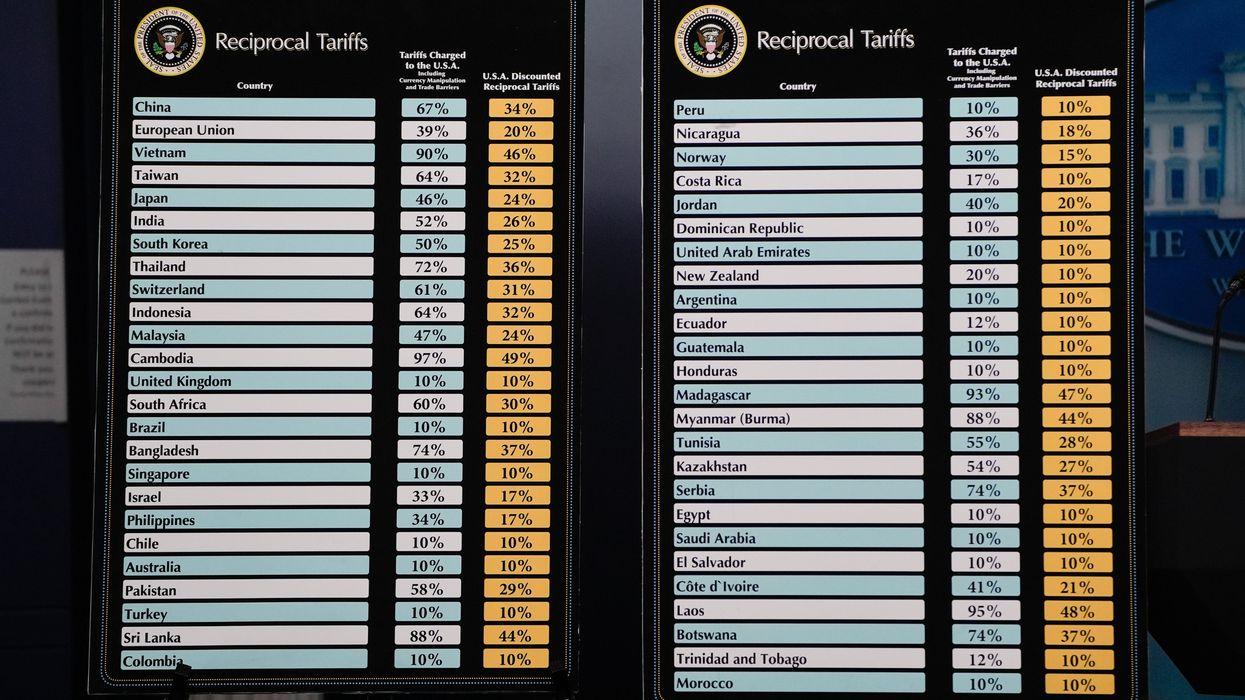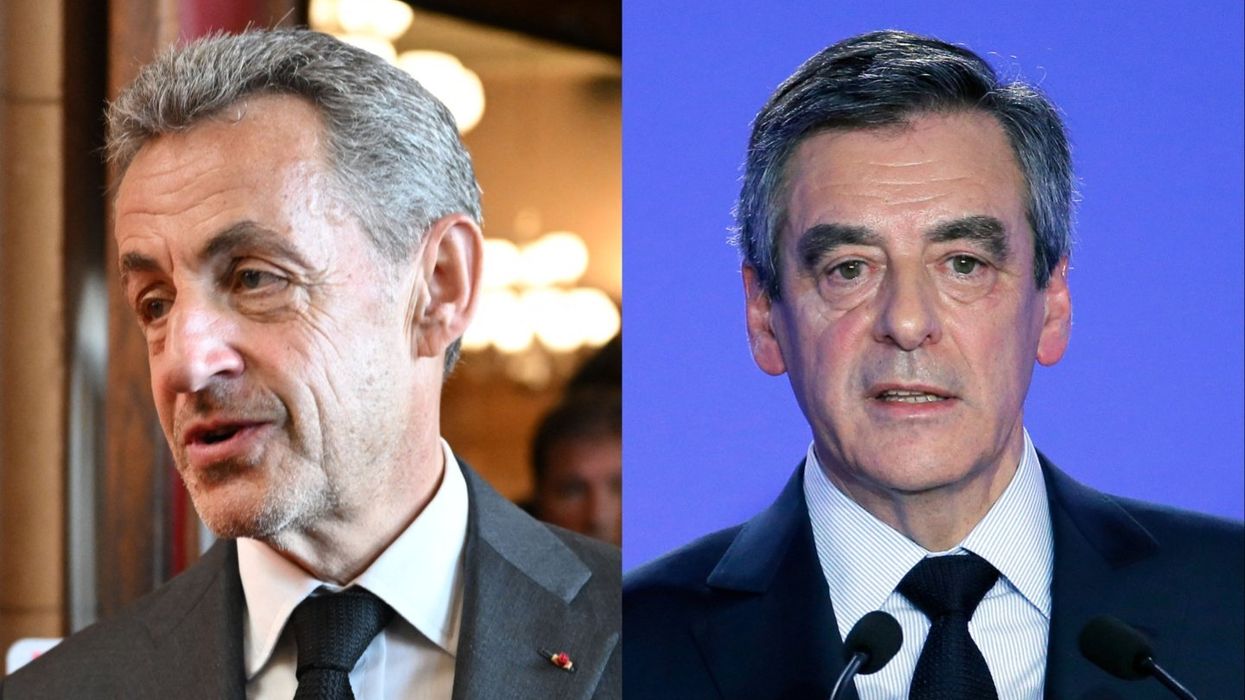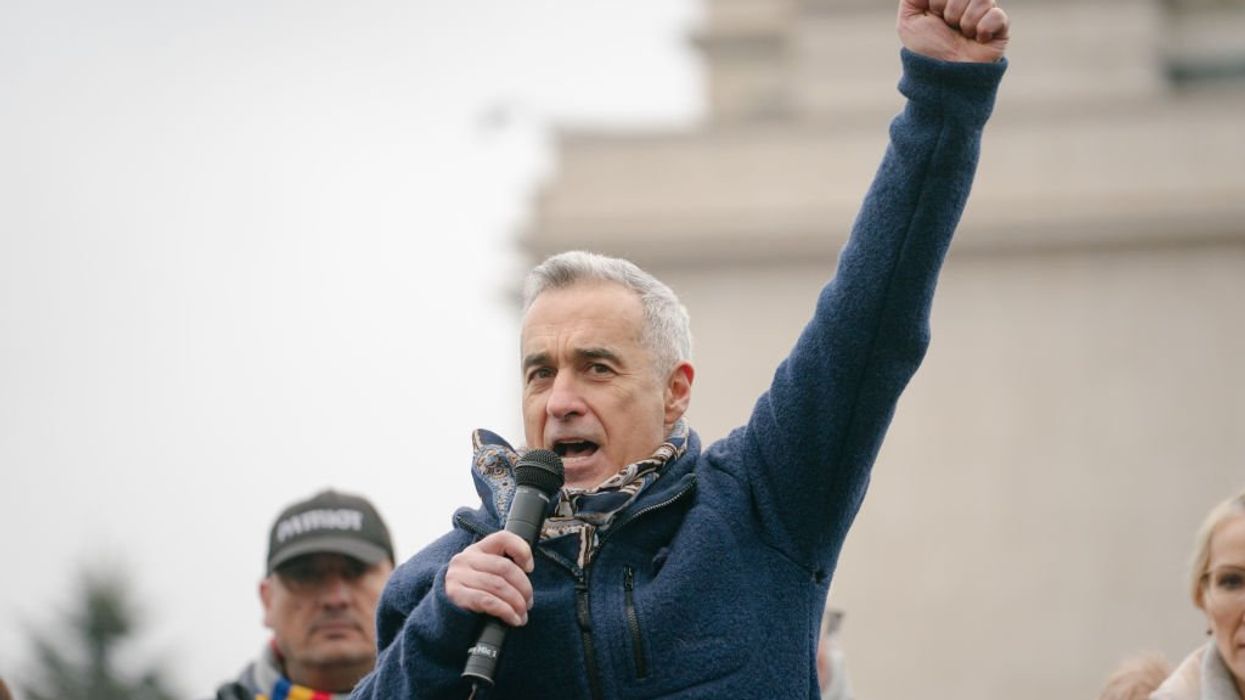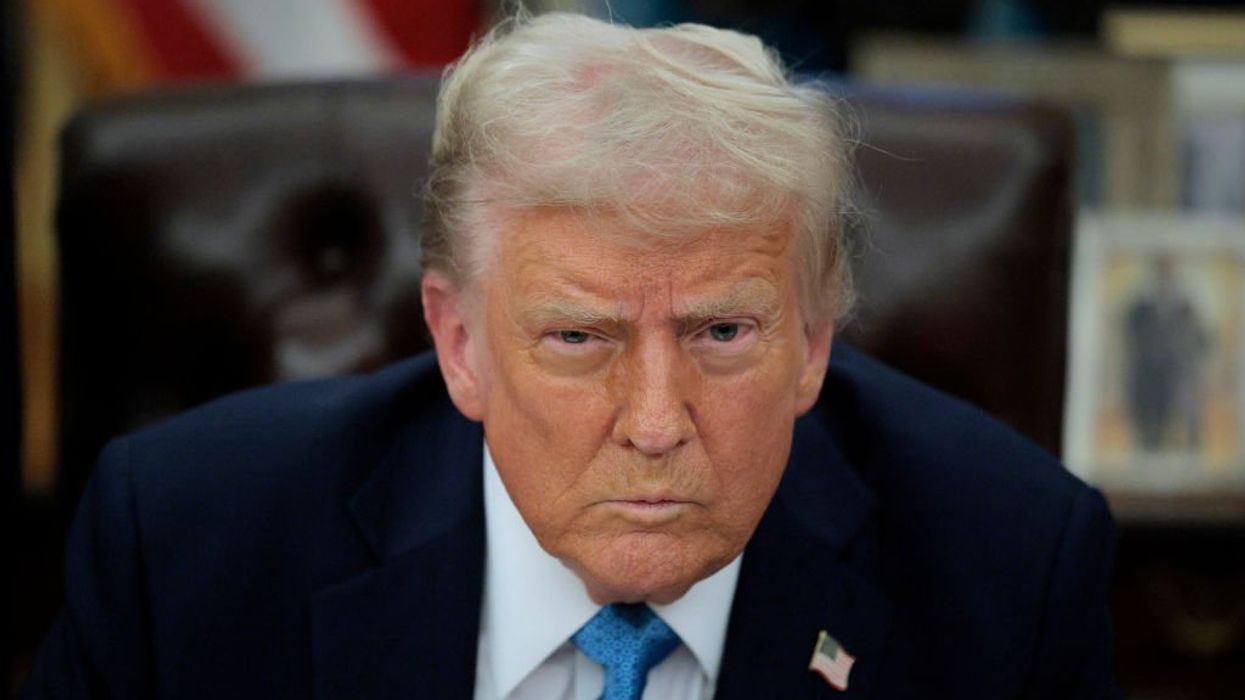On March 31, Mexican federal officers arrested Marine Corps Sgt. Andrew Tahmooressi at a border crossing for weapons possession. He faces a sentence of six to 21 years in a Mexican prison for carrying his registered AR-15 rifle, .45-caliber pistol, and 12-gauge pump shotgun in his car across the border.
A 25-year-old decorated veteran and Florida native, Tahmorressi was in San Diego for a 10-day trip to undergo treatment for post-traumatic stress disorder when he took the wrong turn at the San Ysidro checkpoint. Tahmorressi had all his possessions in his vehicle because he was in the process of moving to San Diego for treatment. He declared his weapons, but Mexican federal agents confiscated them at the border as they took him into custody.
On Friday morning, TheBlaze received and released the last ditch 911 call placed by Tahmooressi just minutes before he was arrested. The fear in Tahmooressi’s voice is obvious as he tells the 911 operator, “The problem is I crossed the border by accident and I have three guns in my truck and they’re trying to take my guns from me.” The 911 operator replies, “There’s nothing I can help you with sir. I do apologize.”
On radio this morning, Tahmooressi’s mother Jill joined Glenn to discuss the status and condition of her son. Tahmooressi was originally held in Tijuana’s La Mesa Penitentiary, where he was placed in general population and his life was threatened. He was then moved to solitary confinement and shackled to a bed for nearly 30 days before being moved to a maximum-security prison about 40 miles outside of Tijuana last week. As Jill emotionally explained, her son made “a tragic mistake,” and she just hopes action will be taken to bring him home safely.
“Glenn, it was a tragic mistake,” Jill said. “I've been praying for you to follow Andrew's fight for freedom. Thank you for reaching out to me.”
“I'm sorry it's taken a while for me to get on board,” Glenn responded. “But I have been following it on TheBlaze, and I know that we have covered it on many of our shows. I've been now on it myself to cover it today because I want to find out what we can do.”
Jill said she is relieved the audio from the 911 call was released today because it renew the conversation surrounding her son’s release. She once again explained that he son had no intention of crossing the Mexican border. She received a phone call from her son around 2:30am EST on March 31, in which he frantically explained the situation he found himself in.
“New [audio] just surfaced – by the grace of God – of his 911 call. He called me, but I didn't know that he had first called 911. So the instinct was, ‘I'm in trouble. Let me call 911.’ So that just came out last night. And it did exonerate him,” Jill said. “It validates what I have been saying for seven weeks now – that my son didn't mean to be in Mexico. It was an accident. I'm just so prayerful that there will be due process and the truth will come out and they'll release him.”
During his time in prison, Andrew has been able to somewhat keep in contact with his mother. In a phone call from Tijuana’s La Mesa Penitentiary, Andrew explained the threat he was under and begged his mother not to travel to Mexico out of fear for her life. Despite the fact that she dealt with her son’s deployment for two years, Jill admitted she has never been so afraid for her son’s safety.
“Two years of combat duty in Afghanistan, and I have never been so afraid in my life and just on my knees praying to my Lord to protect him,” Jill said. “He only wants to get back to America to get well, to get in recovery for his PTSD, and to be a law-abiding citizen in America like he always has been.”
Jill said that she has received support from several congressmen including Florida Democratic Senator Bill Nelson and Representatove Debbie Wasserman Schultz. Her biggest help, however, has come from Rep. Duncan Hunter (R-CA), whose district covers the border where Sgt. Tahmooressi crossed.
“Representative Hunter has been so much of an advocate of trying to help through diplomatic and political avenues to just help Mexico understand that it's a grievous mistake,” Jill said. “Every day we pray. Every day and we ask for protection over Andrew and the guards as well that are guarding Andrew. But yes, God is merciful.”
Glenn vowed that TheBlaze will continue to do everything it can to raise the awareness that will hopefully facilitate Andew’s safe return.
We'll do our best, and TheBlaze will stay on it,” Glenn said. “I grew up near the Canadian border and I'm sure it's different, but probably not so much. I mean back in the day there are parts where you live up on the Canadian border and literally you turn down one side of the street, you go one direction, and you're in Canada. You go the other direction and you stay in America. And if you don't know where you're going, it's very easy for this to happen… We will pray for the best. Jill, thank you very much. God bless.”

